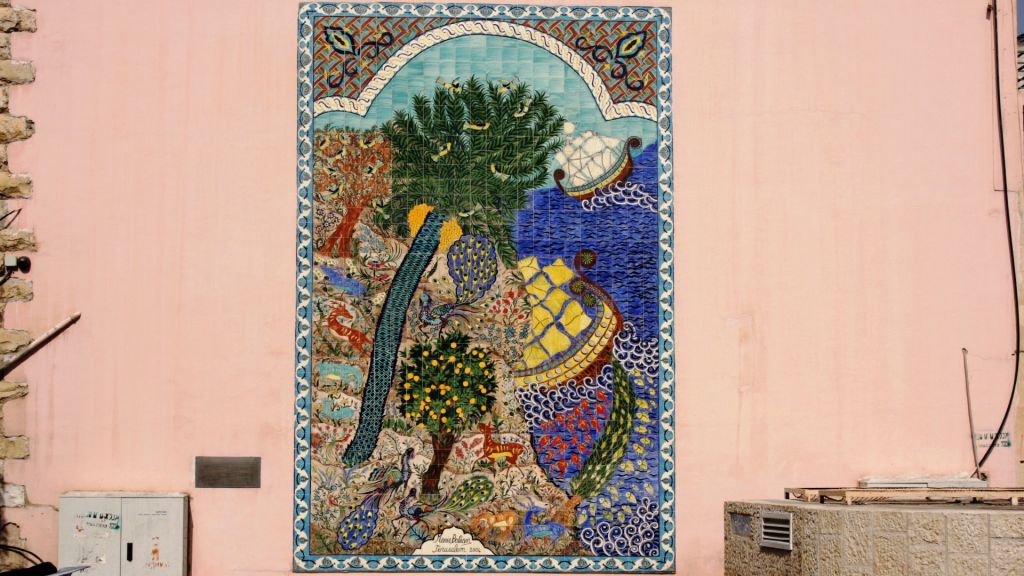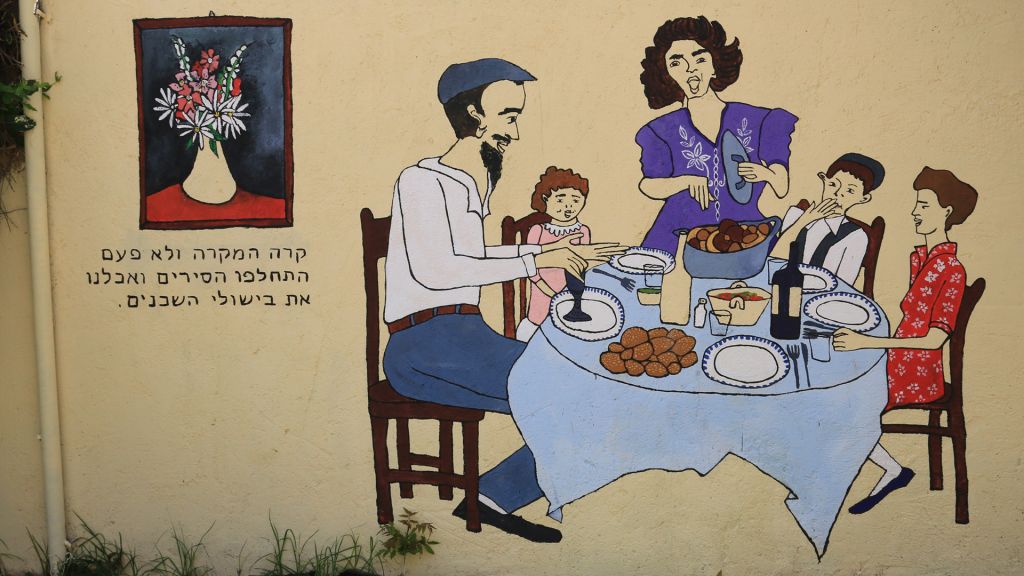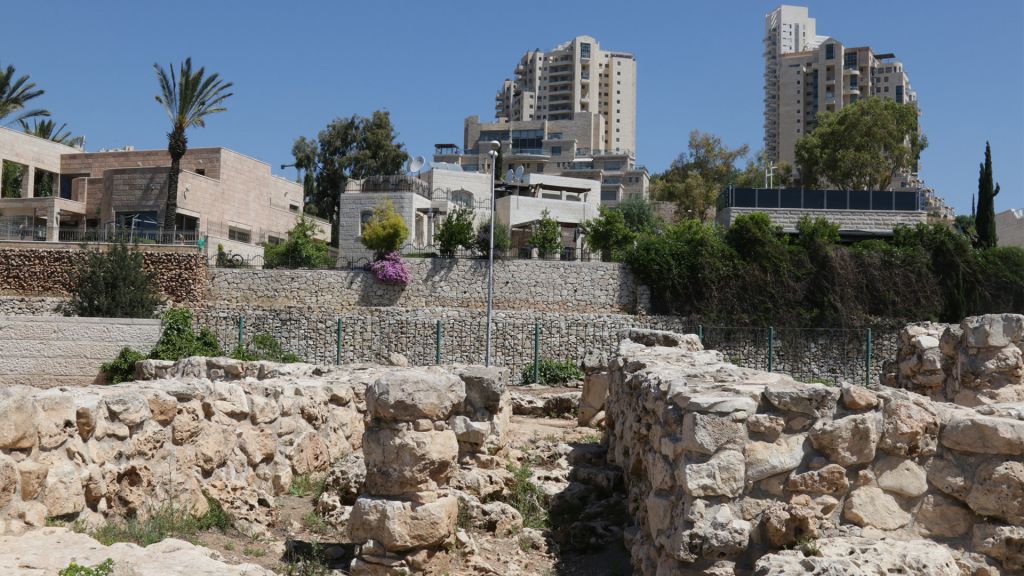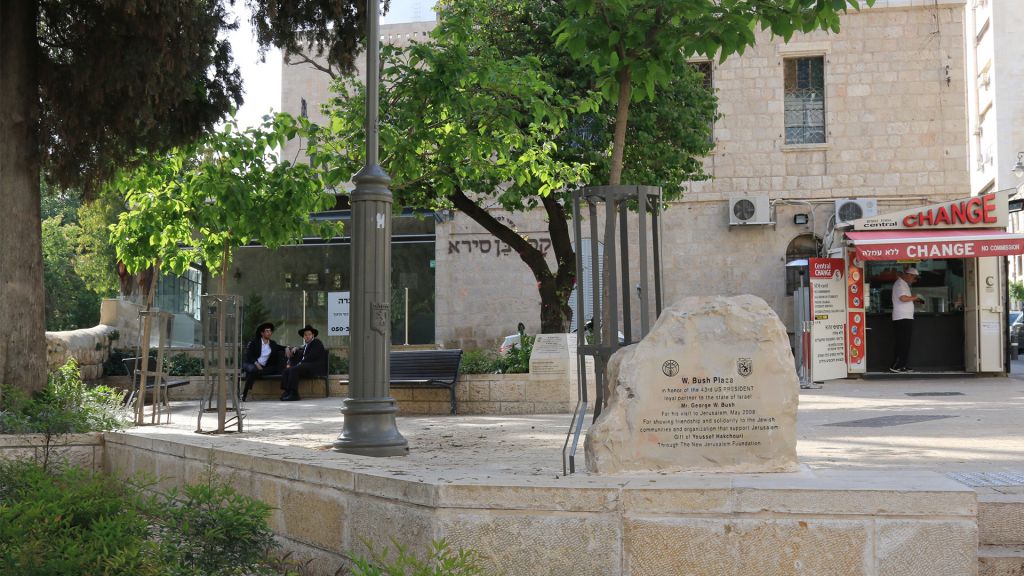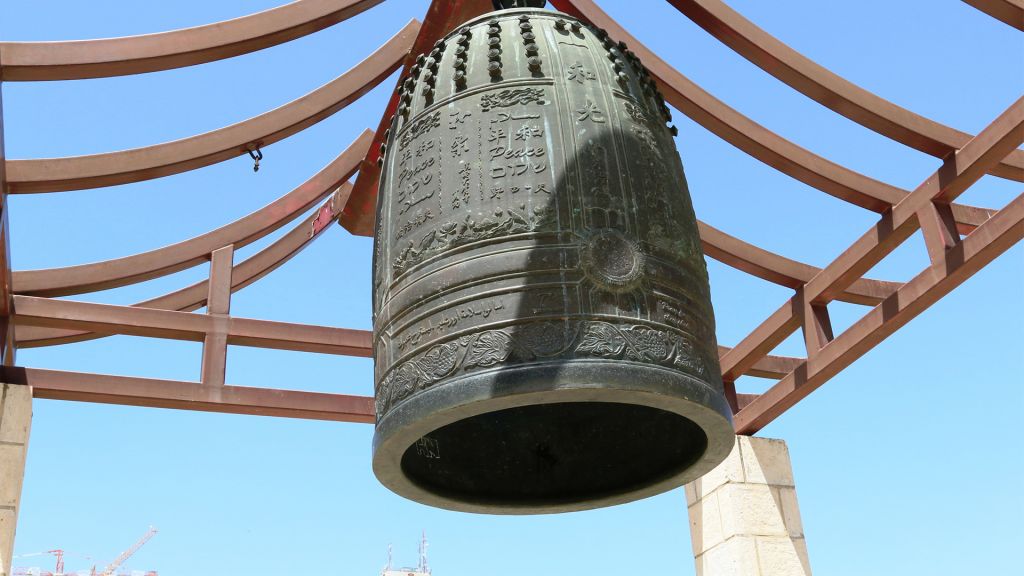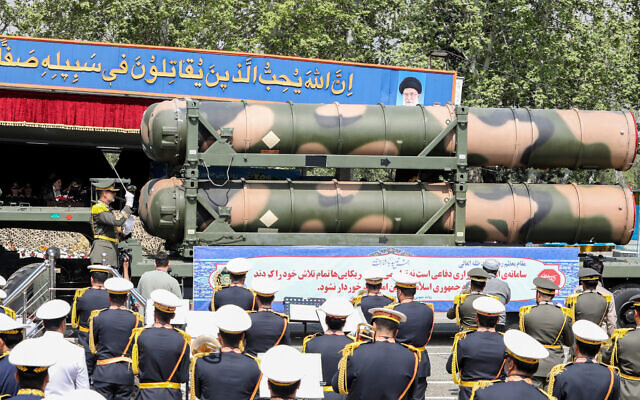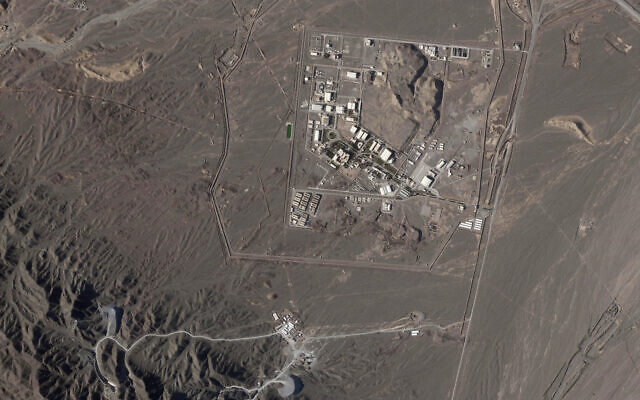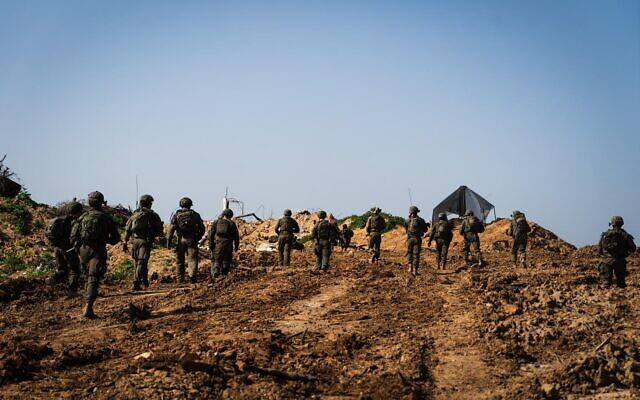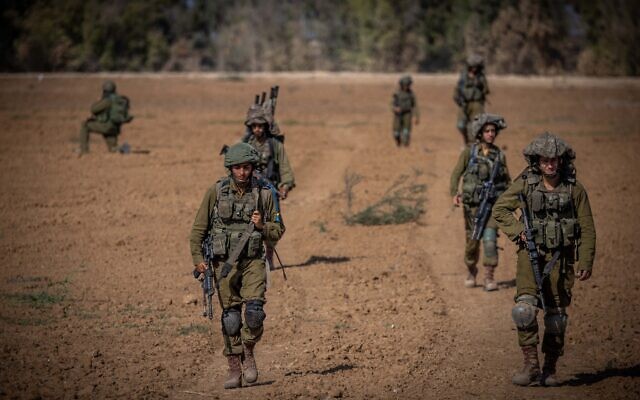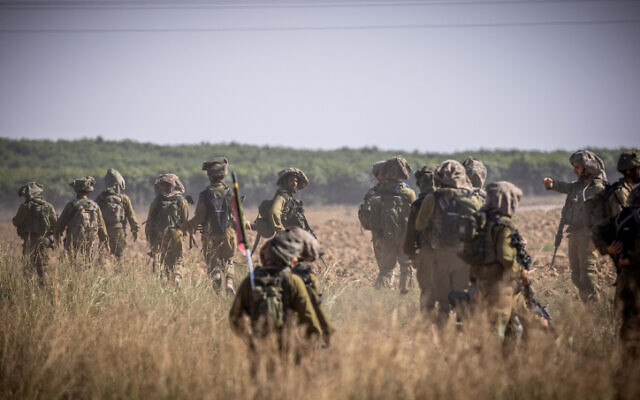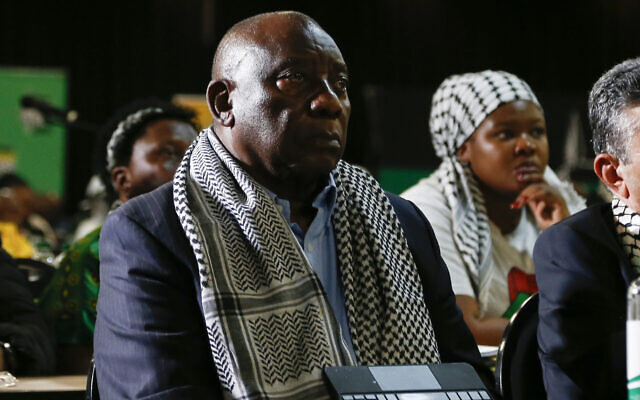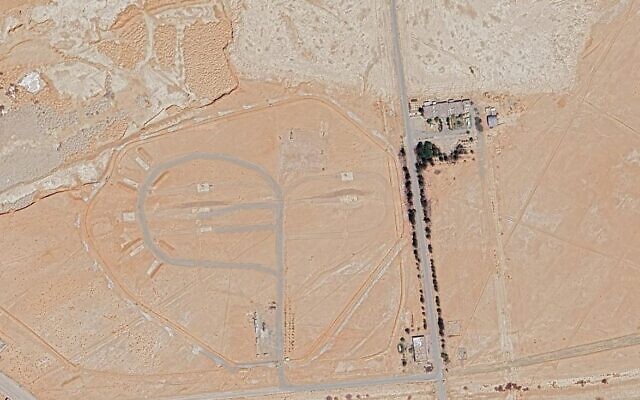Murals, monuments, orchards and ancient villages: Exploring Jerusalem’s hidden corners
Israel’s capital is renowned for its historical sites, but the city has much to offer travelers willing to go the extra mile
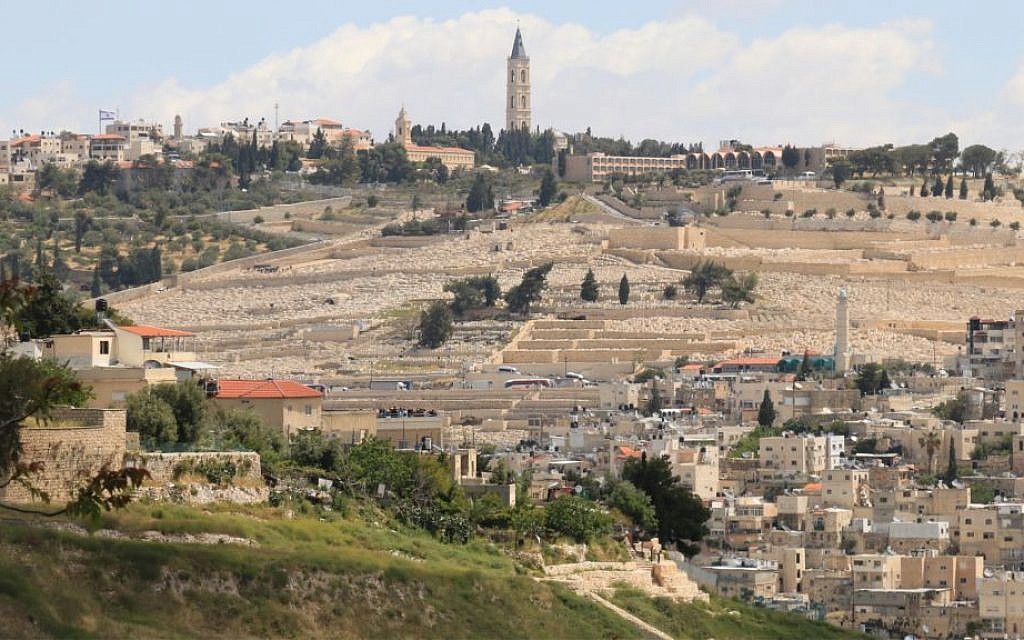 The Abu Tor overlook, built on the scene of fierce fighting in the Six Day War, was opened to the public last year. (Shmuel Bar-Am)
The Abu Tor overlook, built on the scene of fierce fighting in the Six Day War, was opened to the public last year. (Shmuel Bar-Am)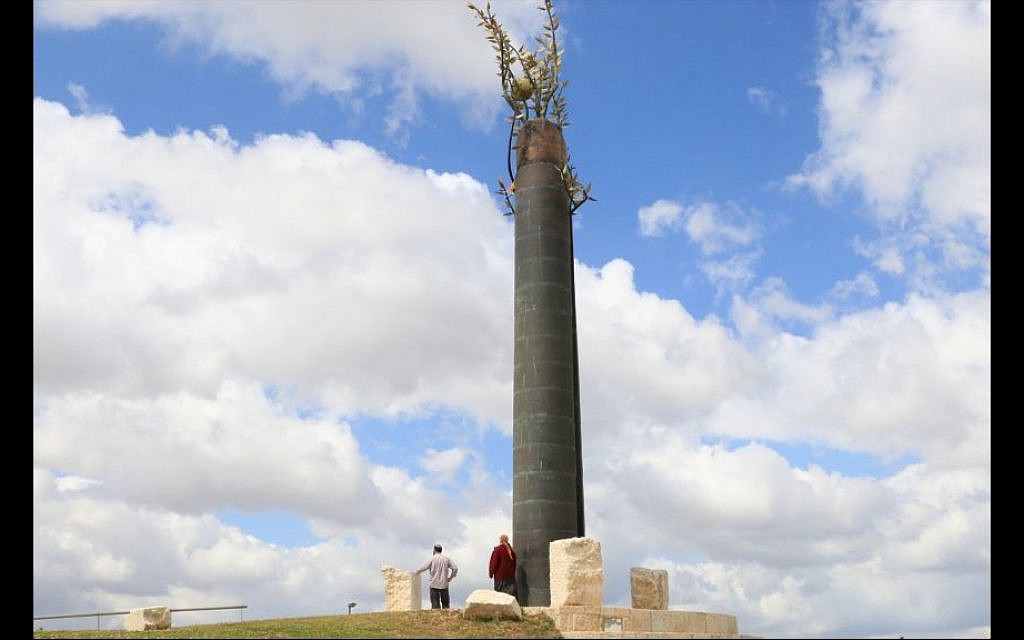 The Tolerance Monument is situated near the United Nations headquarters in Jerusalem. (Shmuel Bar-Am)
The Tolerance Monument is situated near the United Nations headquarters in Jerusalem. (Shmuel Bar-Am)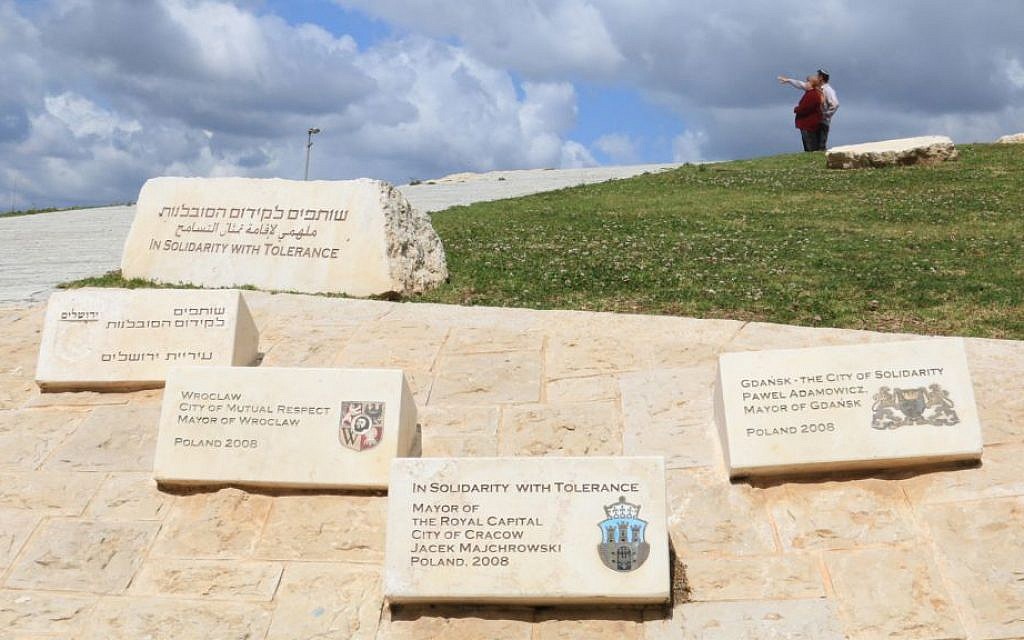
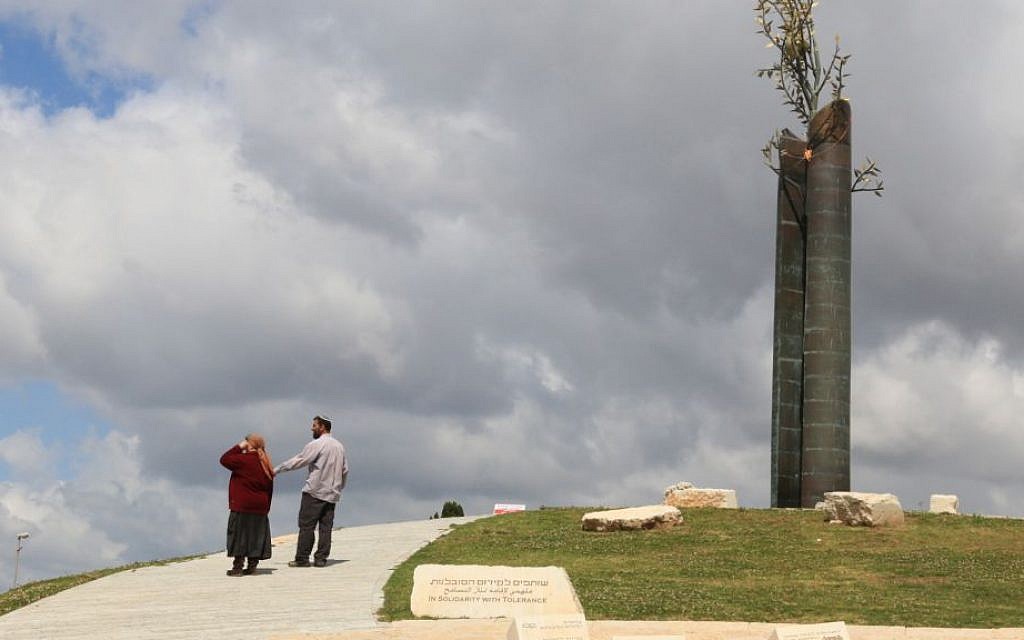 The Tolerance Monument, between the Jewish neighborhood of Armon Hanatziv and the Arab village of Jabel Mukaber. (Shmuel Bar-Am)
The Tolerance Monument, between the Jewish neighborhood of Armon Hanatziv and the Arab village of Jabel Mukaber. (Shmuel Bar-Am)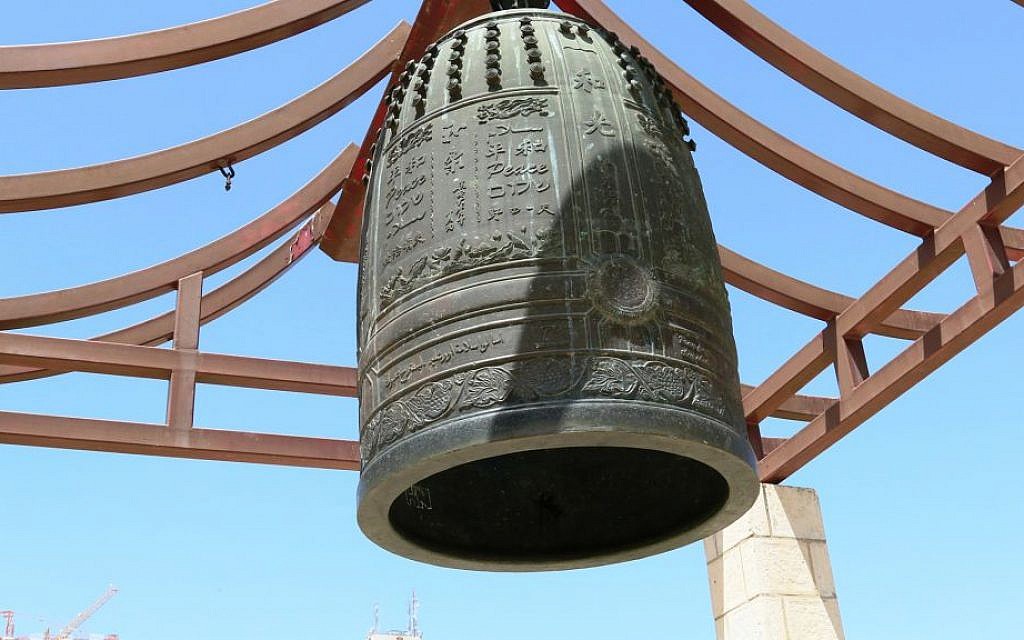 The Buddhism-inspired Peace Bell in Sacher Park. (Shmuel Bar-Am)
The Buddhism-inspired Peace Bell in Sacher Park. (Shmuel Bar-Am)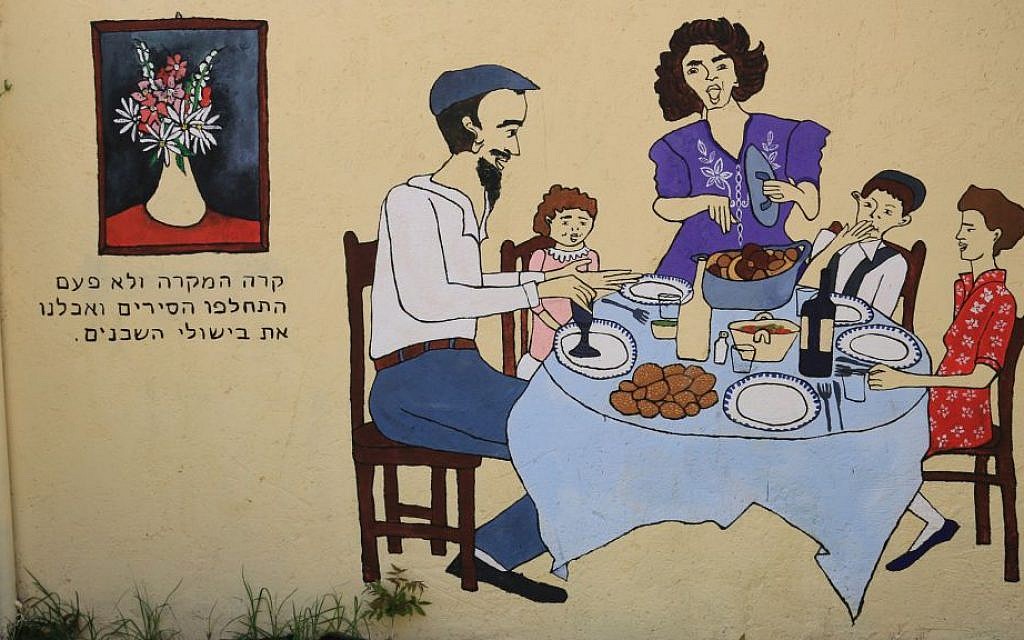 A mural depicting a communal dinner in the market neighborhood of Ohel Moshe. (Shmuel Bar-Am)
A mural depicting a communal dinner in the market neighborhood of Ohel Moshe. (Shmuel Bar-Am)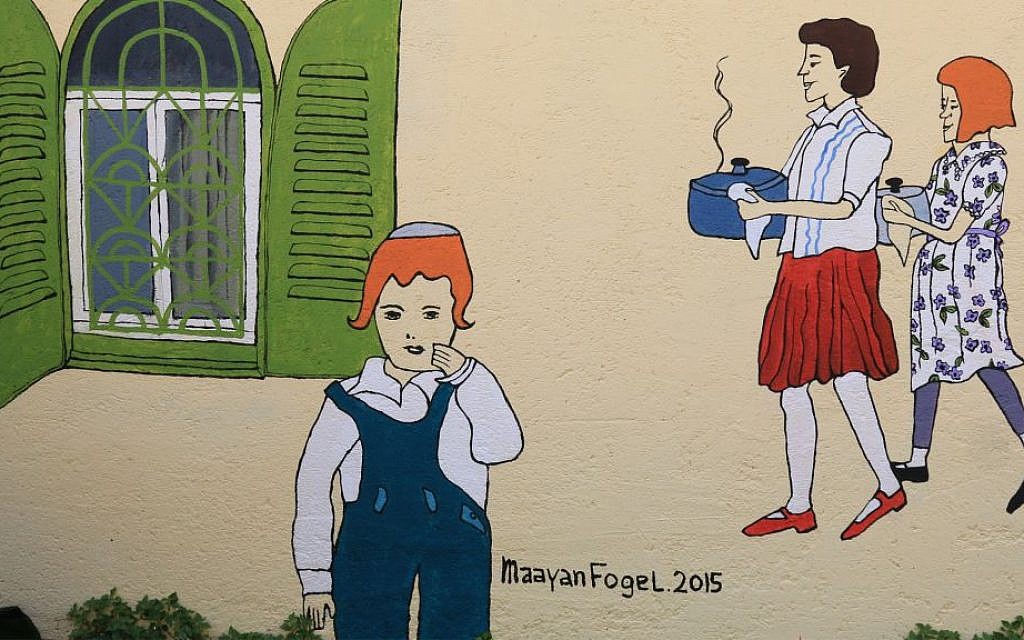 A humorous mural in a community center yard in Ohel Moshe, Jerusalem. (Shmuel Bar-Am)
A humorous mural in a community center yard in Ohel Moshe, Jerusalem. (Shmuel Bar-Am)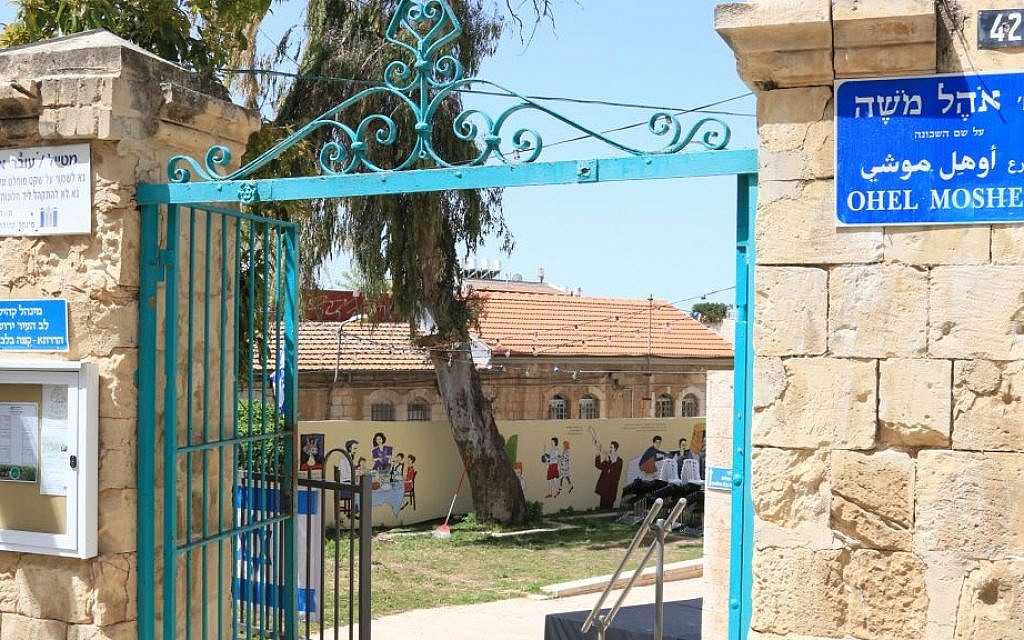 A community center courtyard in Ohel Moshe, Jerusalem. (Shmuel Bar-Am)
A community center courtyard in Ohel Moshe, Jerusalem. (Shmuel Bar-Am)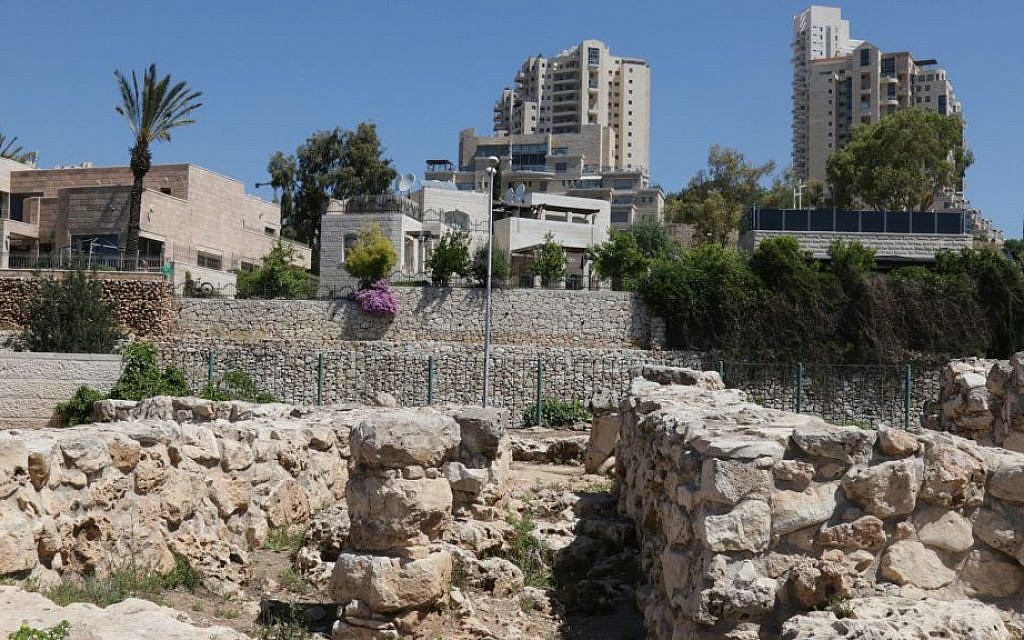 The ruins of a 4,000 year old Canaanite village next to the Malha Shopping Mall. (Shmuel Bar-Am)
The ruins of a 4,000 year old Canaanite village next to the Malha Shopping Mall. (Shmuel Bar-Am)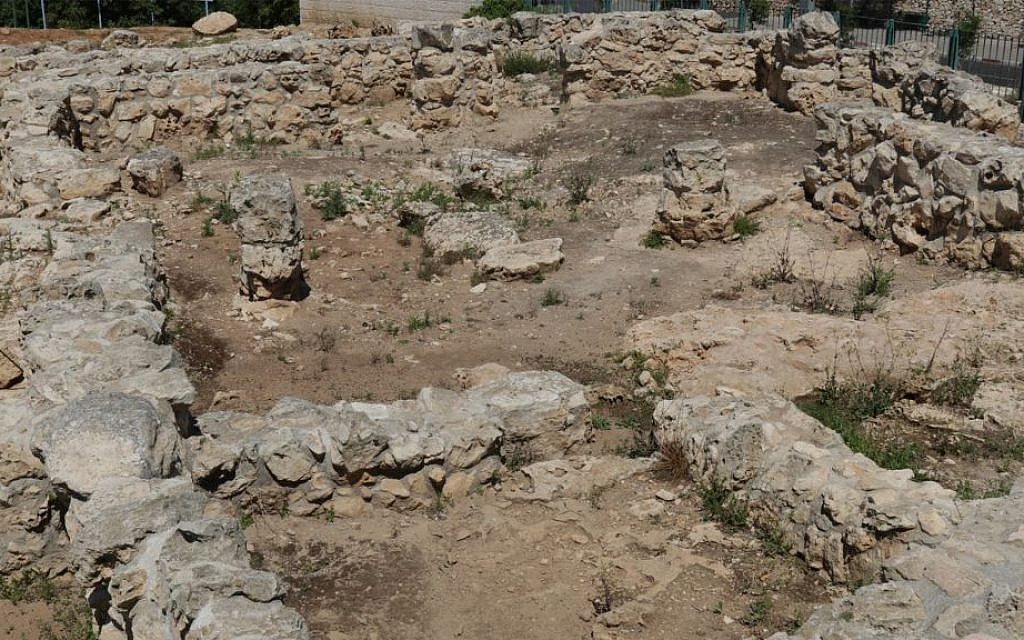 The ruins of a 4,000-year-old Canaanite village discoverd in 1985. (Shmuel Bar-Am)
The ruins of a 4,000-year-old Canaanite village discoverd in 1985. (Shmuel Bar-Am)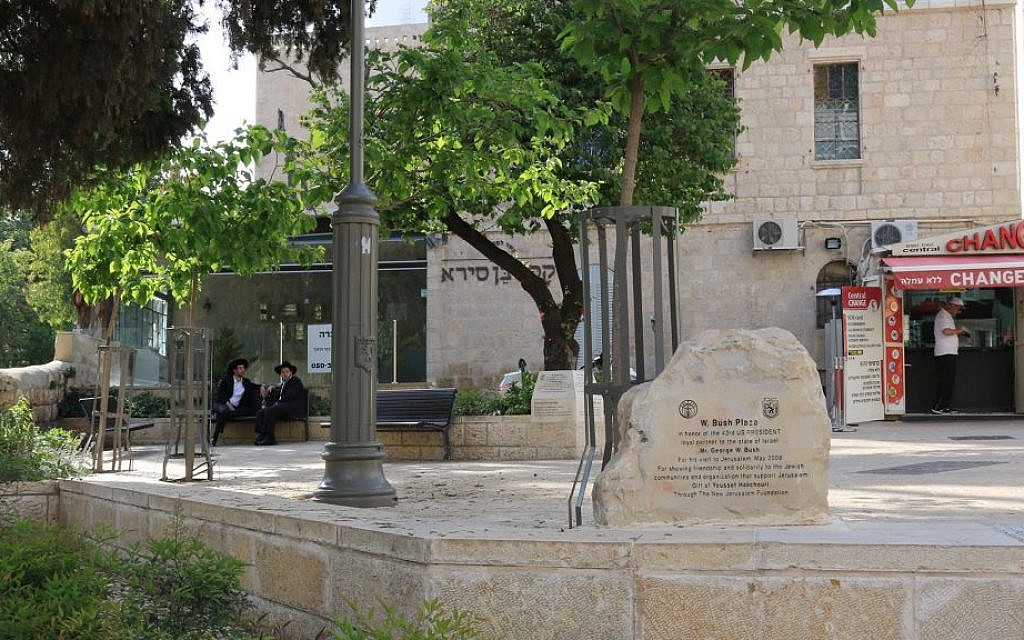 A plaza dedicated to President George W. Bush, who visited Jerusalem in 2008. (Shmuel Bar-Am)
A plaza dedicated to President George W. Bush, who visited Jerusalem in 2008. (Shmuel Bar-Am)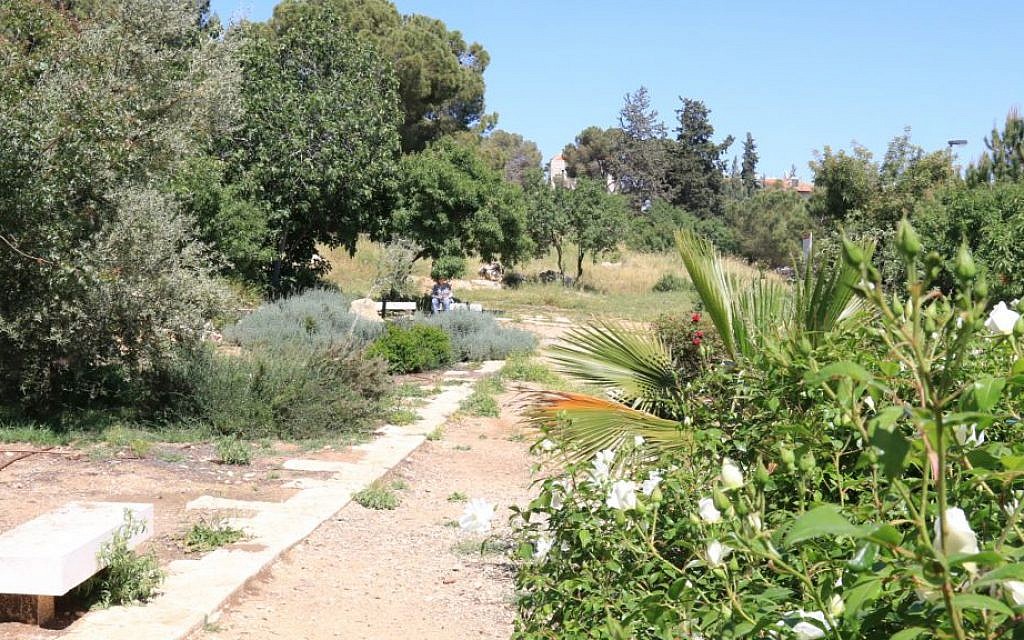 The Azulai Orchard in the exclusive neighborhood of Talbieh. (Shmuel Bar-Am)
The Azulai Orchard in the exclusive neighborhood of Talbieh. (Shmuel Bar-Am)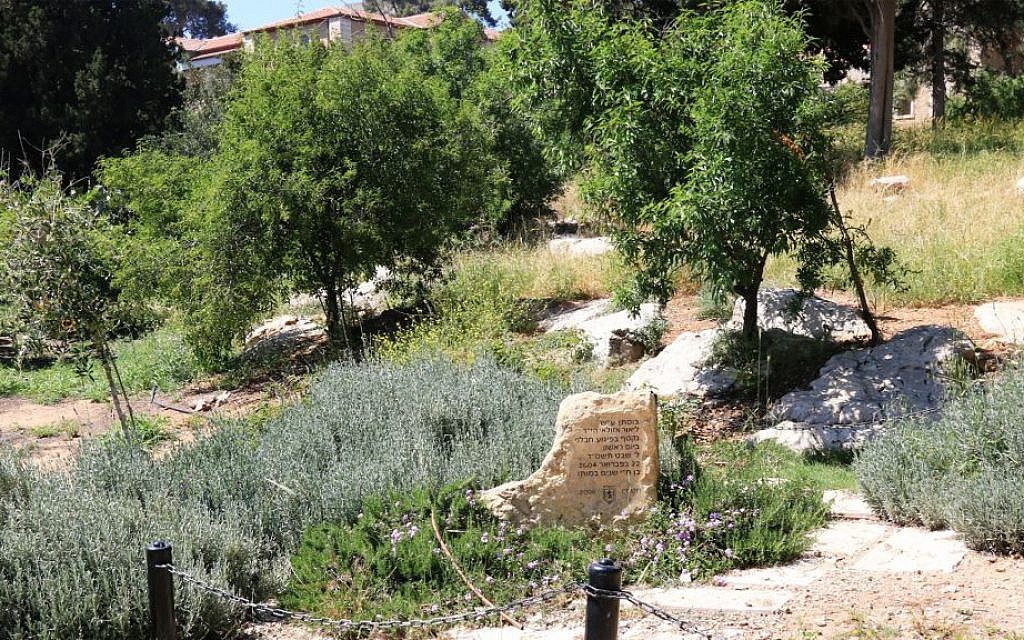 The Azulai Orchard is named for Lior Azulai, an 18-year-old who was killed by a suicide bomber in 2004. (Shmuel Bar-Am)
The Azulai Orchard is named for Lior Azulai, an 18-year-old who was killed by a suicide bomber in 2004. (Shmuel Bar-Am)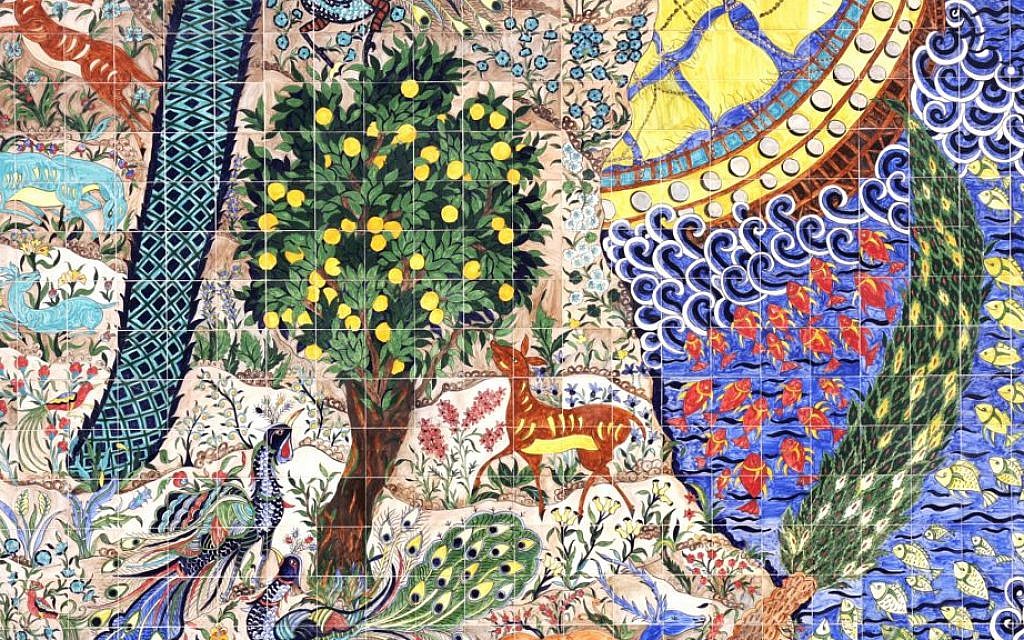 A detail of a mural by world-renowned Armenian artist Marie Balian. (Shmuel Bar-Am)
A detail of a mural by world-renowned Armenian artist Marie Balian. (Shmuel Bar-Am)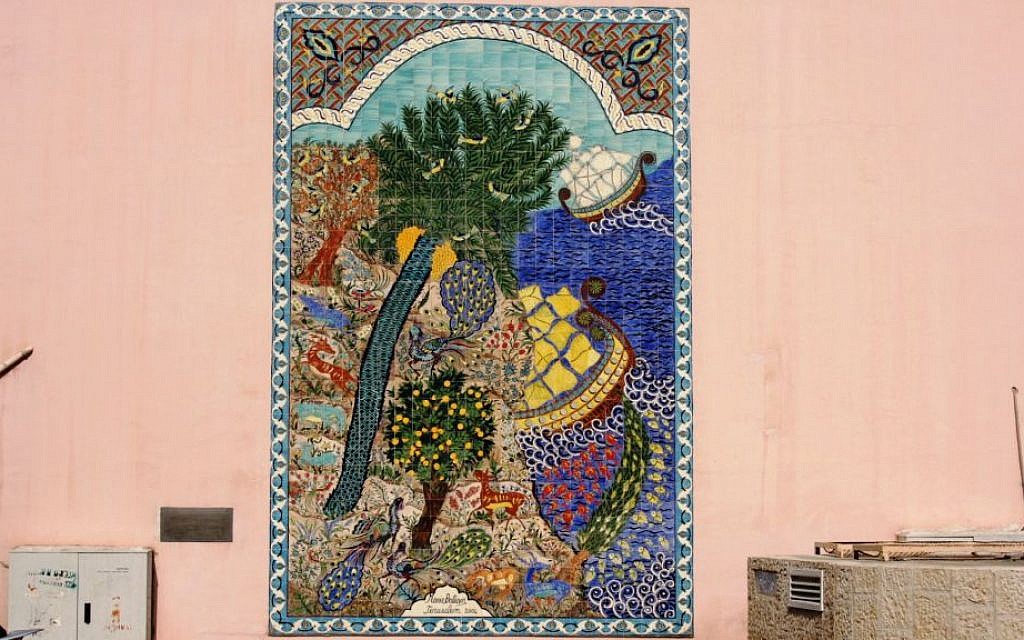 Armenian artist Marie Balian's mural took six months to complete. (Shmuel Bar-Am)
Armenian artist Marie Balian's mural took six months to complete. (Shmuel Bar-Am)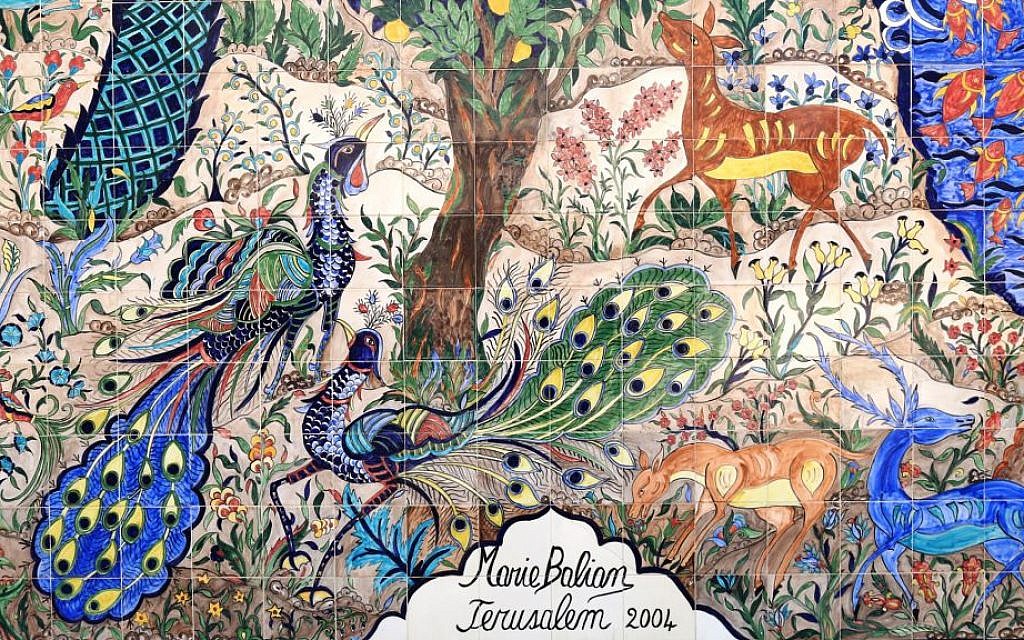 A detail of a mural created for the residents of Jerusalem by world-renowned Armenian artist Marie Balian. (Shmuel Bar-Am)
A detail of a mural created for the residents of Jerusalem by world-renowned Armenian artist Marie Balian. (Shmuel Bar-Am)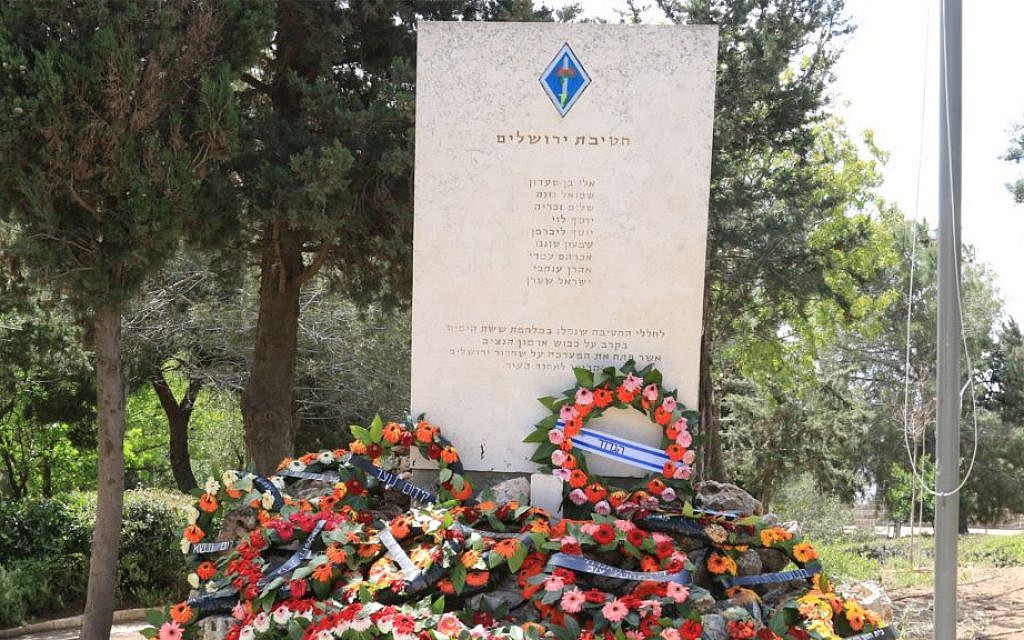 A monument to fallen soldiers at the picturesque Abu Tor overlook. (Shmuel Bar-Am)
A monument to fallen soldiers at the picturesque Abu Tor overlook. (Shmuel Bar-Am)
World-renowned Armenian artist Marie Balian spent months preparing an original mural as a gift for the people of Jerusalem. Six meters tall and four meters wide, her fabulous artwork contains close to 1,000 colored tiles.
Balian’s unique method involved sketching in charcoal on the tiles, designing and painting them and then burning them in the oven. Afterwards, each was fit into the whole picture.
The mural offers a view of heaven and earth separated by a palm tree, and features a peacock, a deer eating leaves from a lemon tree, a cypress waving in the wind and fish jumping out of the water. No people appear in the mural, which gives off a wonderful aura of serenity.
Balian’s masterpieces are exhibited all over the world — from the Eretz Israel Museum of Tel Aviv to the Smithsonian Museum in Washington DC. But when she proudly presented her creation to Jerusalem’s mayor, Balian probably expected it to be shown in a major municipal spot. Instead, it ended up on a whitewashed exterior wall along a run-down, nondescript downtown street (Koresh Street) that few people bother to visit.
Tel Aviv is flush with out-of-the-way or remarkable spots, but so is Jerusalem. In fact, while Balian’s mural is one of the Holy City’s most splendid features, it belongs to dozens of off-the-beaten-path highlights that Israelis call pinot or “corners”. Here are but a few:
TOLERANCE MONUMENT: “Two halves of a broken column stand divided but still linked on the ruins of a nameless and ageless temple. An olive tree grows in the middle of the split column and with its leaves seeks to encompass and shade both halves.” This is the explanation of a stunning monument to – obviously – tolerance, and located off a little-known street near the United Nations Headquarters.
Brilliant with bright green lawns and exciting sculptures, the project was conceived and funded by late Polish businessman Aleksander Gudzowaty. Situated on a hill that divides the Armon Hanatziv neighborhood from the Arab village of Jabel Mukaber, the beautifully executed monument provides visitors with a wonderful view.

HUMOROUS MURAL: For years, tour guides brought groups to the market neighborhood of Ohel Moshe and stopped behind its synagogue. “Back in the old days,” they would say, “neighborhood residents baked their dinners in a communal oven.” And the guide would point at a spot on the wall. “The oven was here, behind the synagogue. Housewives prepared the raw materials, wrote their names on the pots and pans, and brought them to the oven before Shabbat. The fragrance of the dishes baking in the oven drove worshippers crazy during prayers.”
Then one day, the director of the community center that stands right behind the synagogue decided to make life easier for the tour guides. The result: a lively, humorous and rather unique mural in the community center yard, illustrating the entire process.
AZULAI ORCHARD: We discovered this charming little site by chance. Located in the exclusive neighborhood of Talbieh in a lonely little spot, it features a small landscaped garden and memorial bench set within an untouched wilderness landscape.
Lior Azulai was one of eight people killed by a suicide bomber on February 22, 2004. He was 18 years old and on his way to school when the attack took place in a bus outside of Liberty Bell Garden. On of the most sociable and funny pupils in his class, Lior was also a talented soccer player with a promising future.
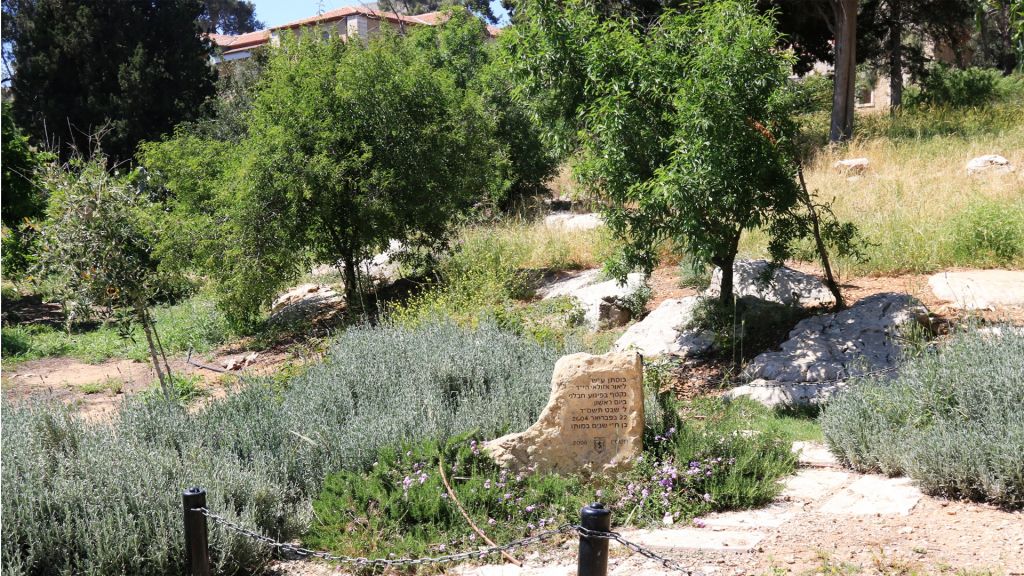
CANAANITE VILLAGE: Unless you have read the intriguing book Secrets of Jerusalem by Tzvia Dobrish-Fried, you may not know about this very special ancient spot. Yet it is just sitting there in plain sight, right next to a parking lot at the Malha shopping mall. Both a beautiful stone ramp and lovely staircase lead up to remains from two villages, built 200 years apart, over 4,000 years ago!
Exposed during construction of the mall in 1985, the site was then thoroughly excavated. It features the ruins of an entire Canaanite dwelling whose rooms surround a courtyard. In addition, two monuments and a bench for sacrifice were discovered in the remains of a public building that was obviously used for worship.
Of special interest (to me, at least) are acorns that were discovered in the ruins. Dobrish-Fried suggests that the land on which the Malha Mall stands was once covered with oak trees.
BUSH PLAZA: Located near the intersection of Agron and King David streets there is a tiny little “corner” missed by people in cars but whose shade is especially welcome to summer strollers. The site is dedicated to George W. Bush – who served from 2001-2009 as America’s 43rd president. Bush the Younger visited Israel in May of 2008 and was present in Jerusalem on Independence Day.
NEW ABU TOR OVERLOOK: On April 20, 2015, the Jerusalem Foundation inaugurated the MICHA Multidisciplinary Early Childhood Center for hearing impaired children and their families. Located in the Abu Tor neighborhood, the new center replaces a Clubhouse for the Blind built in 1976 and a later institution that catered specifically to hearing impaired Arab Children.
Adjacent to the original clubhouse the foundation designed a garden containing highly scented flowers and shrubs and specially designed walkways. Because of its proximity to the clubhouse it is still known to veteran Jerusalemites as the Garden of the Blind.
While the new structure was constructed over part of the Garden of the Blind, a small portion of this tranquil site still remains. It is situated right next to the center and includes a plaque dedicated to 17 fallen soldiers of the Jerusalem Battalion: Abu Tor was the scene of fierce fighting during the Six Day War
A very special overlook was constructed on the roof of the new center, making it the city’s very newest “corner”. Open to the public all day long, it offers a 180 degree panoramic view of Jerusalem.
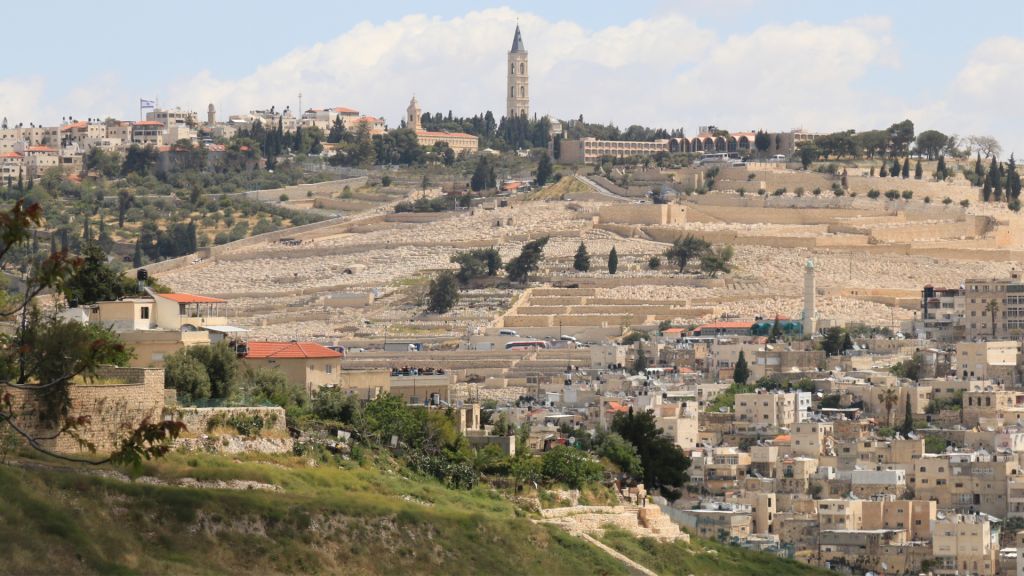
PEACE BELL: Large bells called Bonshō are found in Buddhist temples throughout Japan. Used to summon monks to prayer, they are devoid of clappers and are struck from outside. For some reason, they have become symbols of peace and, indeed, a large Bonshō was presented to Jerusalem in 1996 to represent an everlasting harmony. It stands near the top of Sacher Park, not too far below the Supreme Court’s backside.
Inscriptions engraved on the bell contain the word “peace” in four languages: Hebrew, Arabic, Japanese and English. Also written is the quote “Pray for the peace of Jerusalem. They shall prosper that love thee as well.” From the bell there is a gorgeous view of lower portions of the city.
COURTYARD IN-BETWEEN: Few people know about the splendid area located immediately behind the West Jerusalem YMCA. In daylight it is stunning; but at night it is absolutely gorgeous.
—
All of these sites are wheelchair accessible. For directions, contact us at israeltravels@gmail.com.
Aviva Bar-Am is the author of seven English-language guides to Israel.
Shmuel Bar-Am is a licensed tour guide who provides private, customized tours in Israel for individuals, families and small groups.
Are you relying on The Times of Israel for accurate and timely coverage right now? If so, please join The Times of Israel Community. For as little as $6/month, you will:
- Support our independent journalists who are working around the clock;
- Read ToI with a clear, ads-free experience on our site, apps and emails; and
- Gain access to exclusive content shared only with the ToI Community, including exclusive webinars with our reporters and weekly letters from founding editor David Horovitz.

We’re really pleased that you’ve read X Times of Israel articles in the past month.
That’s why we started the Times of Israel eleven years ago - to provide discerning readers like you with must-read coverage of Israel and the Jewish world.
So now we have a request. Unlike other news outlets, we haven’t put up a paywall. But as the journalism we do is costly, we invite readers for whom The Times of Israel has become important to help support our work by joining The Times of Israel Community.
For as little as $6 a month you can help support our quality journalism while enjoying The Times of Israel AD-FREE, as well as accessing exclusive content available only to Times of Israel Community members.
Thank you,
David Horovitz, Founding Editor of The Times of Israel


